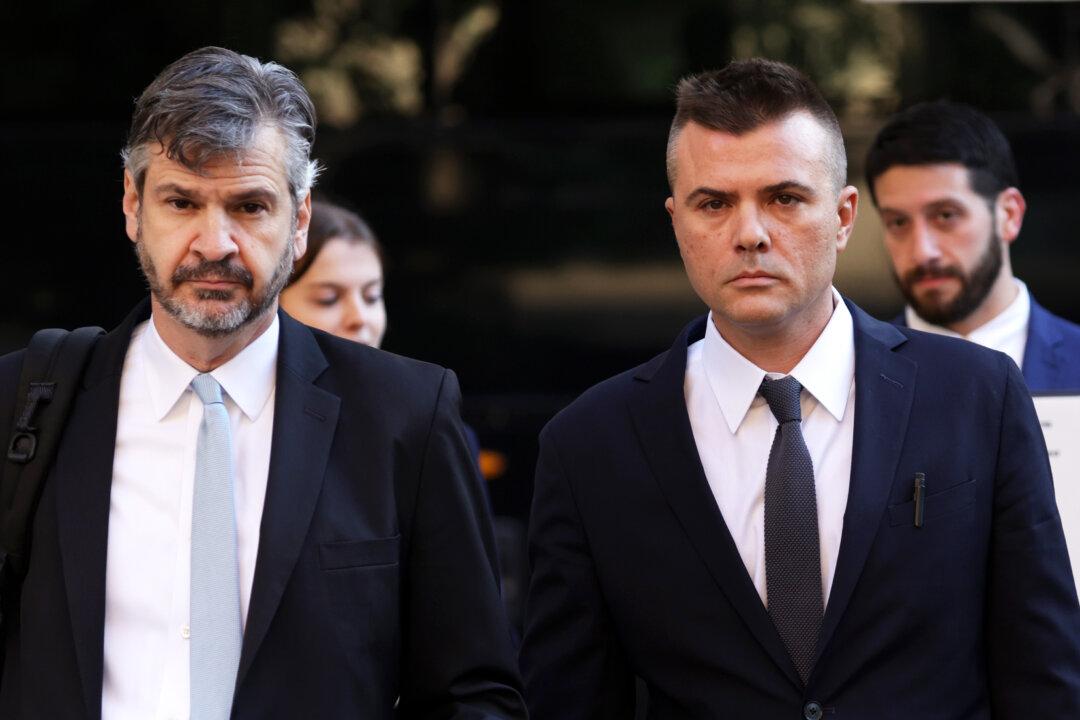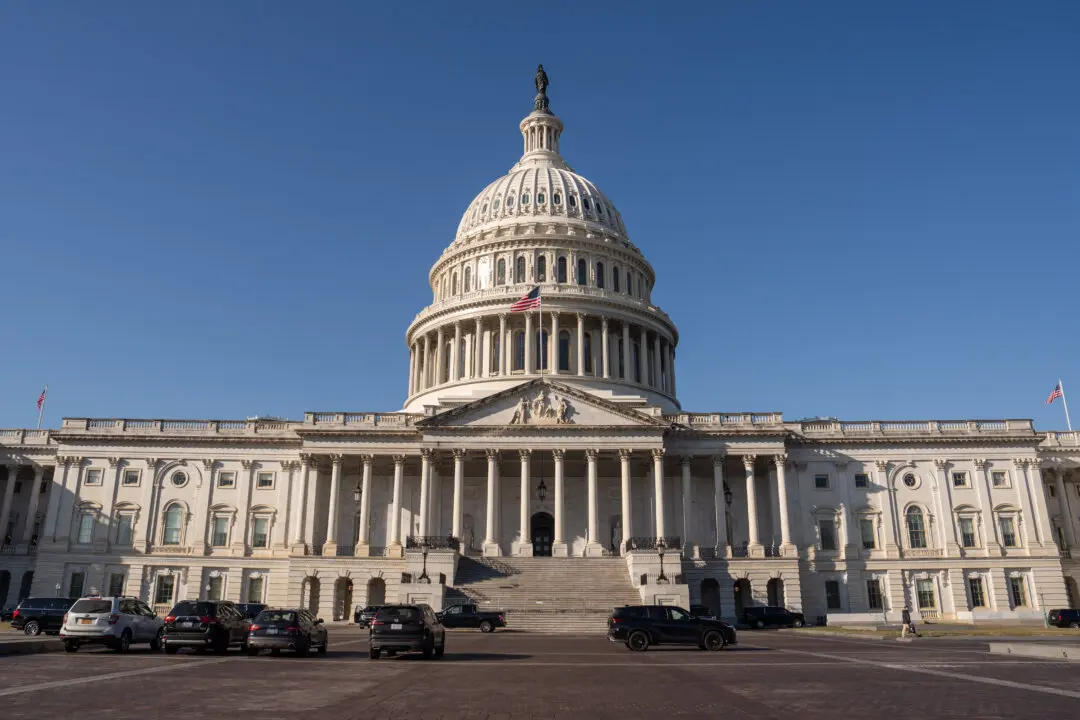Even before the FBI interviewed Igor Danchenko over three days in late January 2017, the agency wanted to enroll the suspected primary sub-source of the discredited dossier authored by ex-British spy Christopher Steele as a confidential source, according to a document.
The document was listed as an exhibit for Danchenko’s trial by his defense but never was formally entered into evidence.






